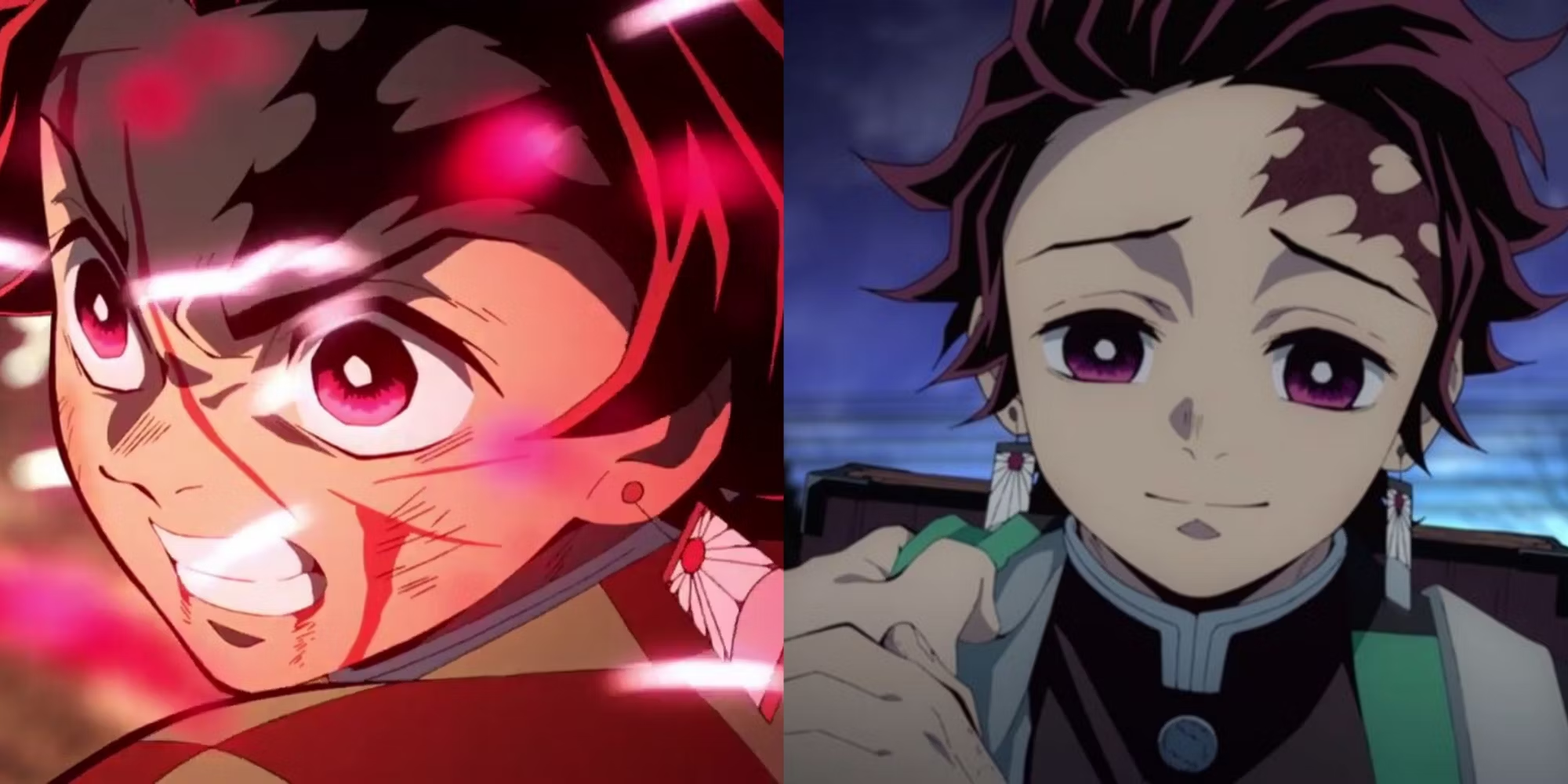The long-running One Piece anime and the newer Demon Slayer anime, especially the recently aired Hashira training arc, have faced challenges regarding additional content. Both series, known for their huge fan bases globally, sometimes incorporate additional episodes or scenes not found in the original manga. This approach has led to mixed reactions from fans and critics alike.
Recently, episode 3 of Demon Slayer's Hashira Training Arc has become the focus of discussion regarding side content. Unlike previous episodes that followed the manga closely, this episode only animated a page and a half of the source material.
The remainder of the episode was filled with original anime scenes, a move that caused controversy among fans. While some viewers appreciated the additional depth and character development, others saw it as unnecessary padding. This approach marks a significant departure from the manga, leading to mixed reviews.
Episode 3 of Demon Slayer's Hashira Training Circle Faces Backlash Similar to One Piece

This problem is reminiscent of a famous fact in the anime One Piece. Despite having a relatively low rate of filler episodes compared to other series, One Piece regularly incorporates original anime content into classic episodes.
This technique involves stretching manga chapters into longer sequences, adding new scenes, and expanding existing scenes. This ensures that the anime doesn't catch up to the manga too quickly, but it can also lead to episodes that are slow-paced and diluted with additional content.
Hashira's training arc in Demon Slayer is a relatively small arc, covering only nine chapters in the manga. Typically, anime shows adapt two to three manga chapters per episode. So this season could be covered in just a few episodes if they go at that pace. However, Ufotable Studio decided to extend the series to 8 episodes. To fill the additional time, they added a significant amount of filler content, which received mixed reactions from viewers.

In Demon Slayer, adding extras to the Hashira Training Section was a strategic choice by Ufotable Studio. They aim to deepen the audience's connection with the characters. By expanding the training sequence and interpersonal dynamics, the studio wants viewers to become more emotionally invested in the story. This approach can also introduce new elements that can be explored later, creating a richer, more engaging world for fans to enjoy.
However, the success of this method also depends on the quality and suitability of the filler content. Poorly done filler can lead to dissatisfaction and disengagement, as seen in various anime series. For Hashira Training, maintaining high-quality animation and ensuring that additional scenes advance the story were important factors in keeping viewers happy.
The correlation between the two anime series regarding additional content highlights a persistent problem in the anime industry. While filler episodes can provide significant character development, they also run the risk of alienating fans who prefer more faithful adaptations of the source material. The challenge lies in finding the right balance between the original content and staying close to the manga.

In One Piece, adding filler to the main episodes is a tactic to prevent the anime from catching up to the manga too quickly. This method involves lengthening scenes, adding new material, and sometimes creating entire sub-arcs. While this can help maintain a steady release schedule, it often results in slow-paced and rushed episodes. One Piece fans are used to this approach, although it remains a point of contention.
As for Demon Slayer's Hashira Training Arc, the decision to include a supplement may have been motivated by a desire to explore the characters and their relationships more deeply. By expanding the training sequence and adding original content, Ufotable Studio aims to create a more engaging and emotionally resonant experience for viewers. However, this approach comes with risks. If additional content isn't done well or doesn't add meaningful value to the story, it can disappoint fans.

As Studio Ufotable continues to animate Hashira Training, striking the right balance between original content and fidelity to the source material will be critical in maintaining popularity and acclaim by critics of the series. The challenge lies in ensuring that the secondary content is high quality and enhances the story rather than detracting from it.
The issue of additional content in anime, as exemplified by One Piece and Demon Slayer, is a nuanced and complex topic. While supplements can provide valuable character development and enrich the story, it also risks alienating fans who prefer a more faithful adaptation. The key to success lies in the execution and relevance of the secondary content as well as maintaining high-quality animation and storytelling. As these series continue to grow, finding the right balance will be essential to keep audiences engaged and satisfied.





